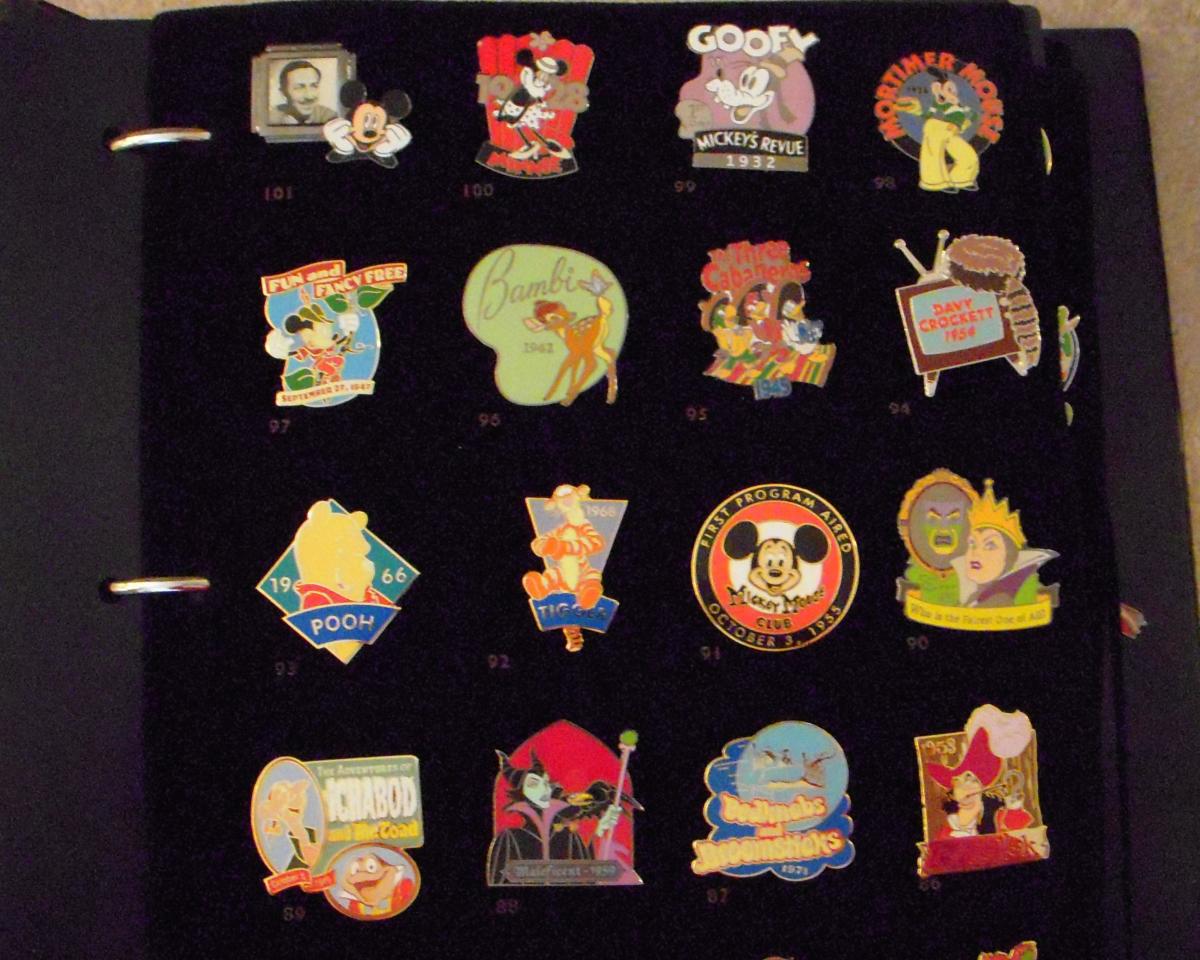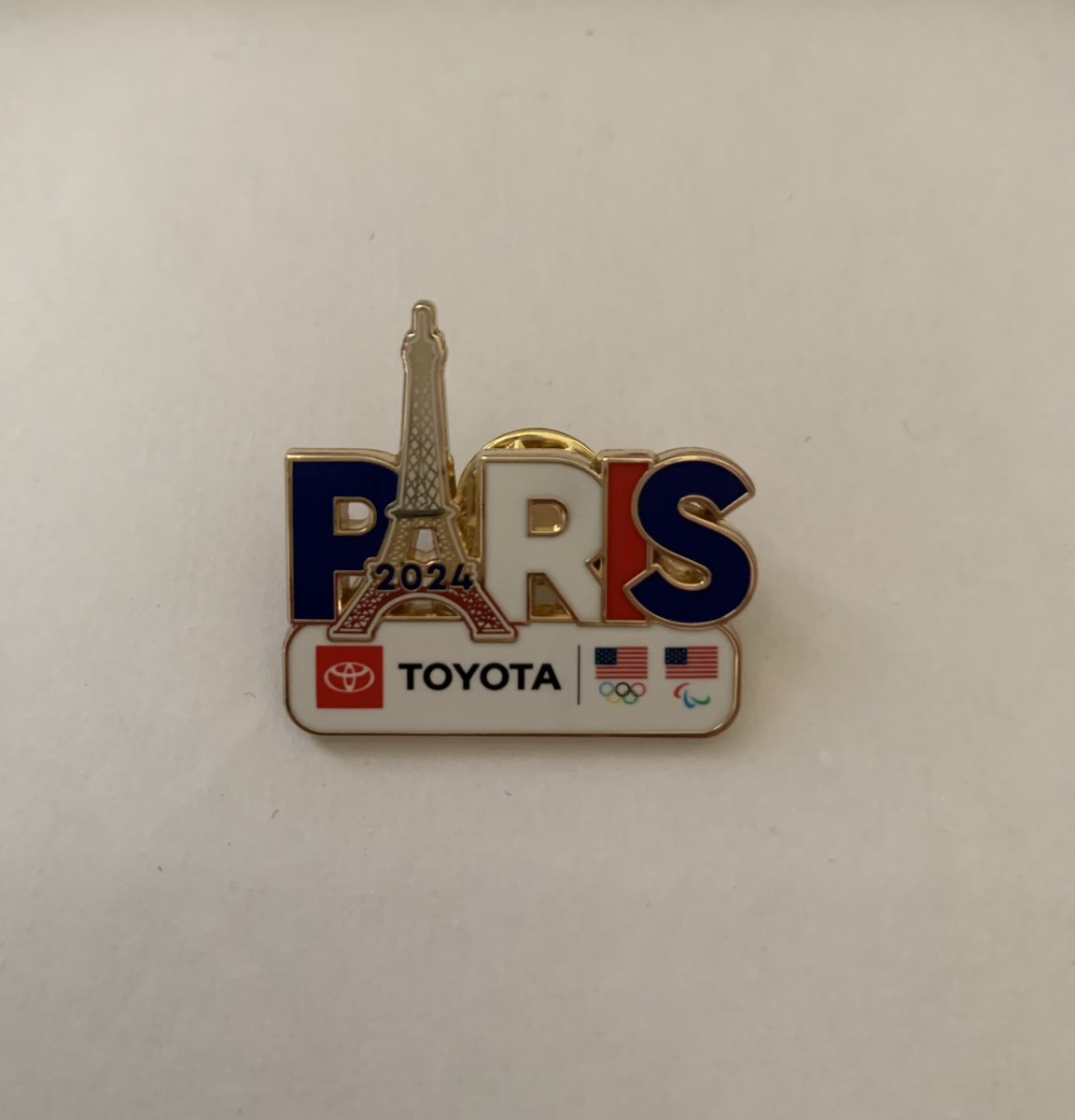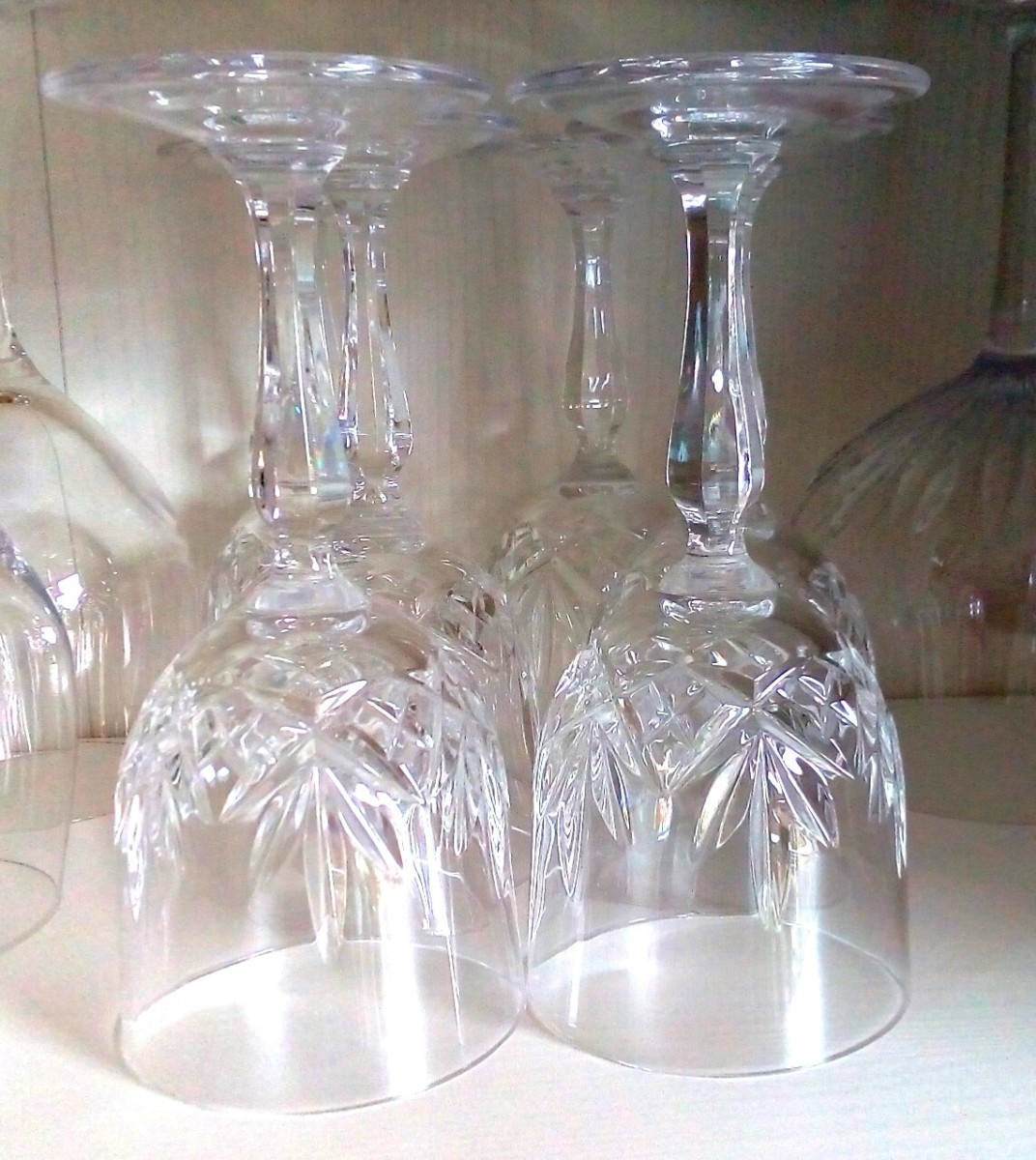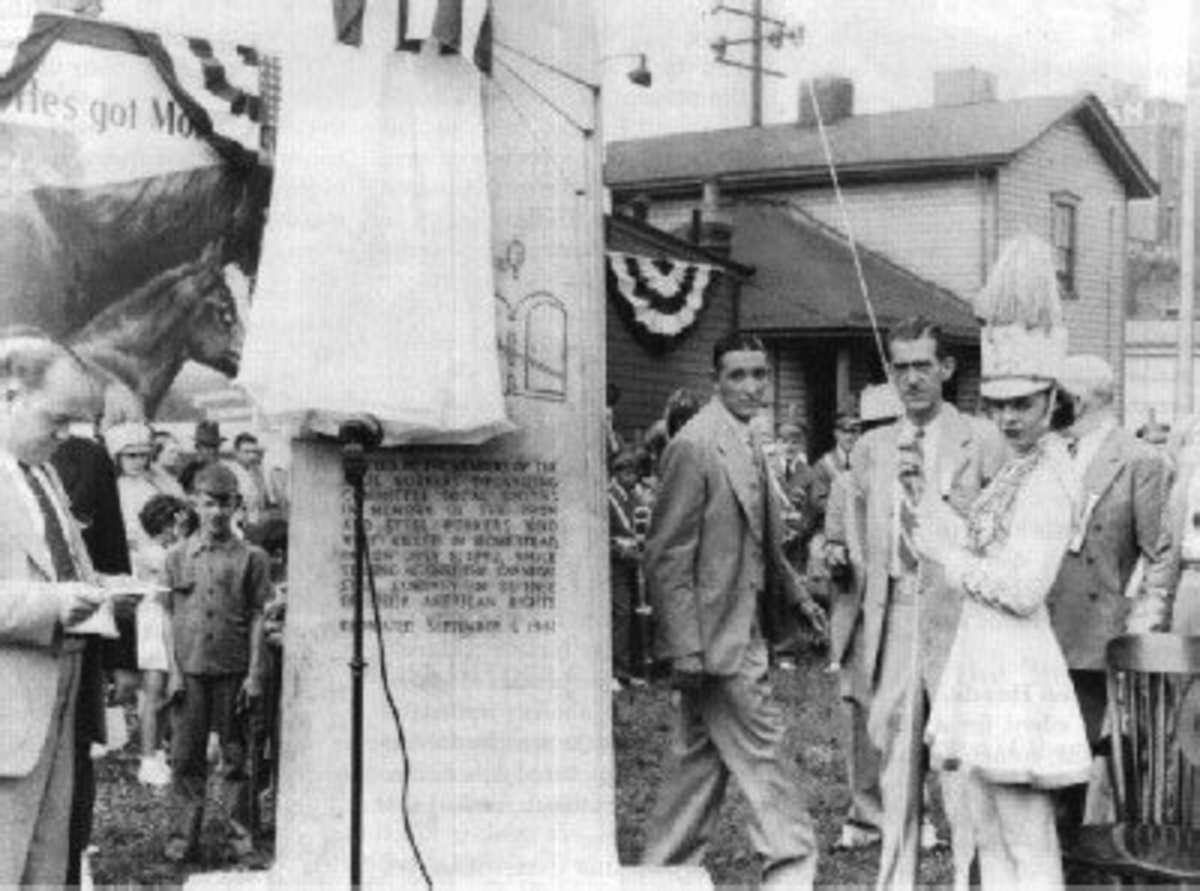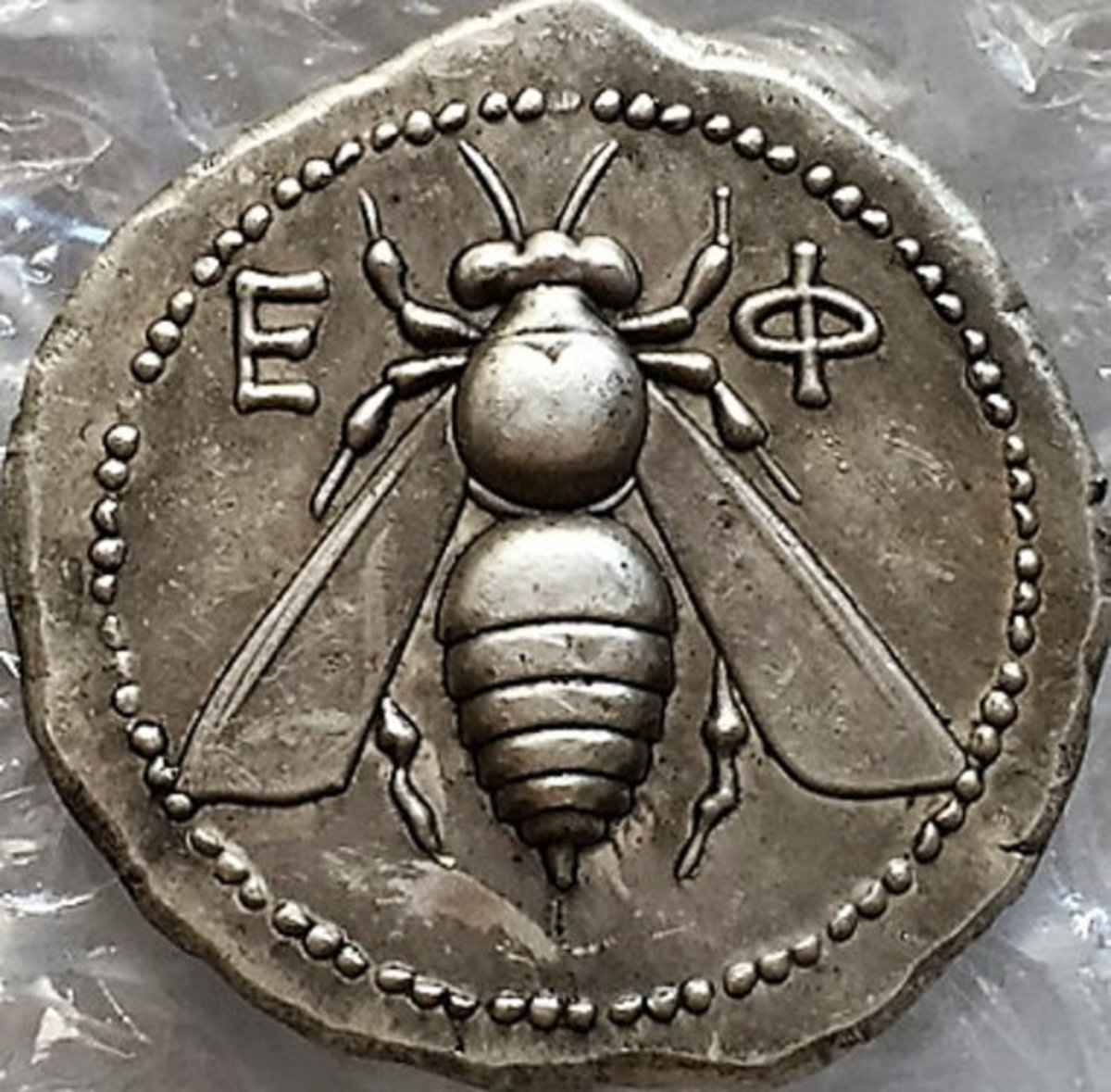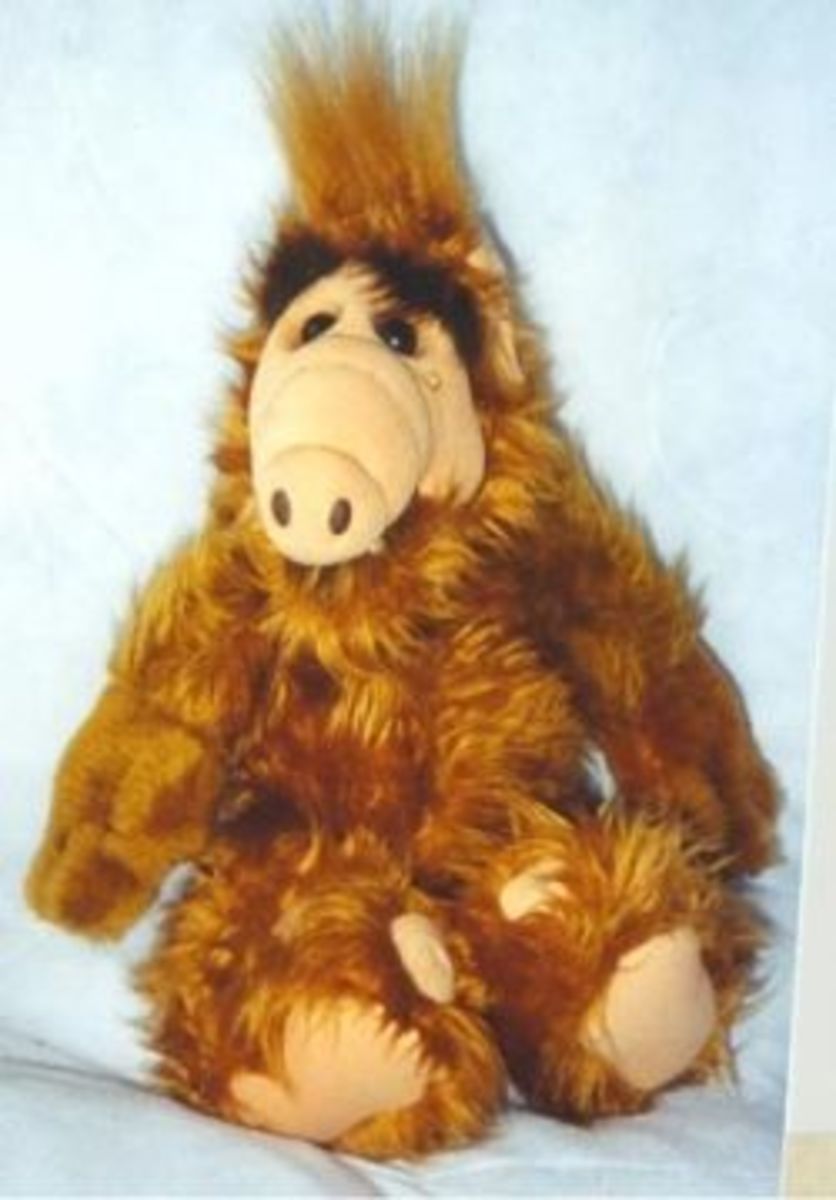Lacemaking Pins, lace maker's pins.

Pins, small insignificant items, which I am sure many of us take for granted, but they are an essential tool for many craft workers, particularly lace makers. When lace making began in the 16th century, pins were very expensive and people had to improvise because of this. In Devon, because of the local fishing industry, the workers used good strong, slender fish bones as pins. This was one of the reasons for lace to be referred to as 'bone lace'. In the midlands long thorns were used, the name pin is derived from the Latin 'spina' meaning a thorn. However, as the lace industry grew it became worthwhile producing the bass pins in this country instead of importing them from France and so the price dropped.
The term 'pin money' is thought to have originated in the time of Henry VIII when pins could only be bought in London on two days in January, thus necessitating the need to save throughout the year to buy the pins.
Craft workers would often like to make their pins distinctive, both to look good whilst being used and as decoration. One method was to mould Sealing wax round the head. Another was to push the seeds of goose grass over the pinheads; the seeds then dried hard and then rubbed with a rough cloth to remove the 'burrs', making them smooth and shiny, these were called 'herriff' pins, the original berry pin.
The first commercially produced pins came from Gloucester in the early 17th century this rapidly became the centre of the pin making industry. The pins were made manually with many of the tasks being performed by children. the wire was first cleaned and then drawn into the thickness required, cut to length and the ends sharpened. A fine wire was twisted onto the pin shank to form the head, which was stamped by machine. The pins were then scoured to remove rust and dirt. They were then put onto paper to be sold.
Because the pins were made in two separate parts it was possible to make some very distinctive pins called 'King Pins'. These were produced by threading a few small, brightly coloured glass beads onto the pin and then using another head to keep the beads in place. In the lace schools these were called ‘strivers’ because each pupil set in a decorated pin and then strove to see how quickly she could work through all the other pins till she was able to move the striver again.
The next big step in pin history was at the beginning of the 19th century with the advent of a machine that made a pin from a single piece of wire. By this time the centre of pin manufacture had moved to Birmingham, where by 1845 20 million pins were made each day. Newey continue to make brass pins in Birmingham and despite having a large product range, brass pins still account for 5-10% of their turnover.
The picture shows – from the left – a pair of thorns, plain pins with sealing wax, ‘herriff’ pins, King Pins or strivers and two very large pins used to fasten the pricking to the pillow.

